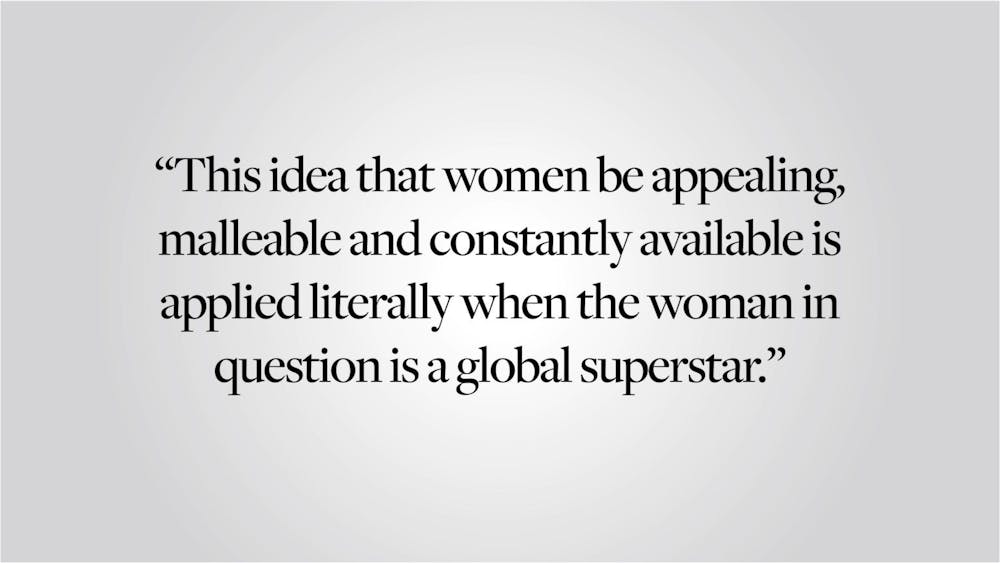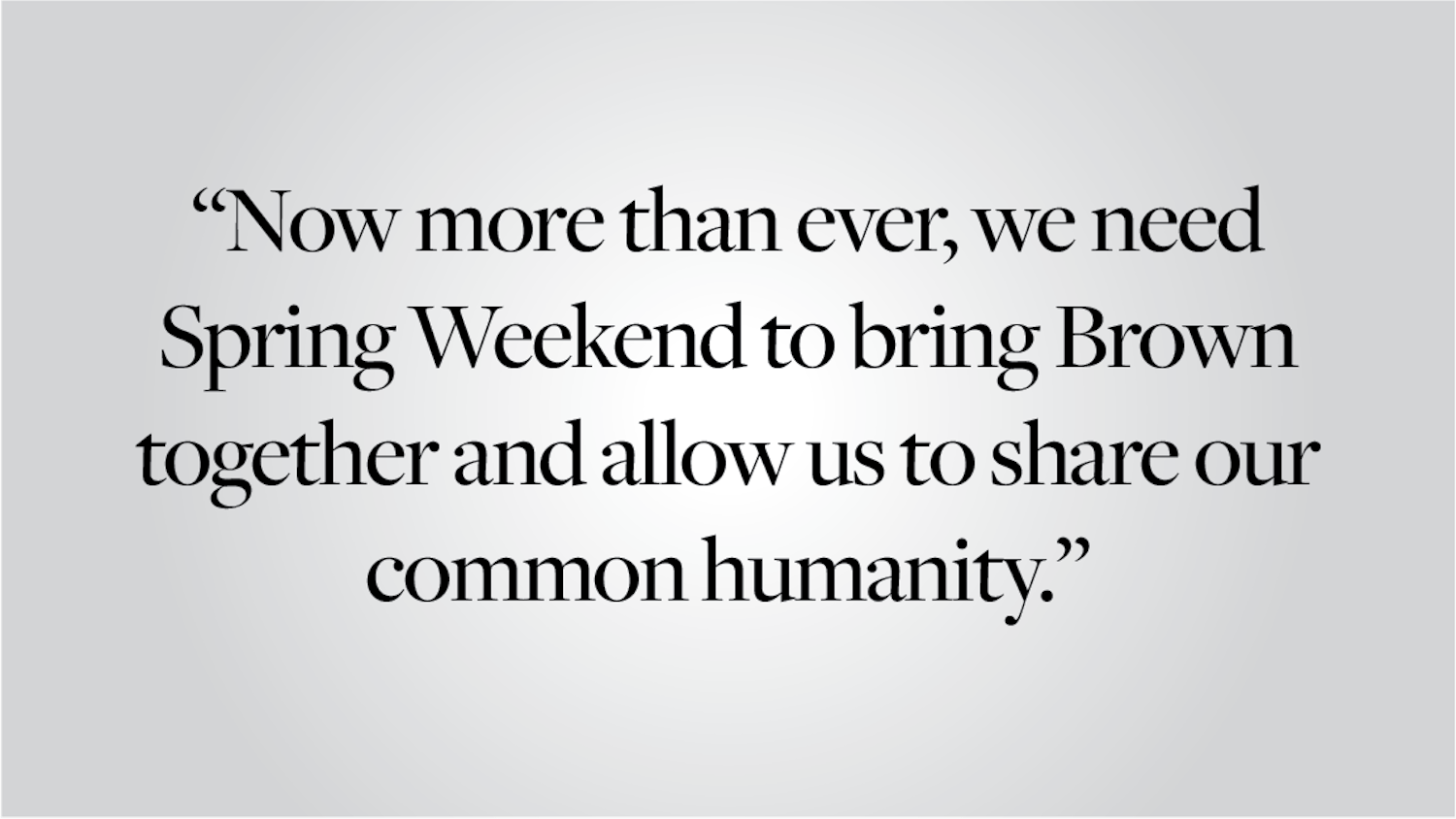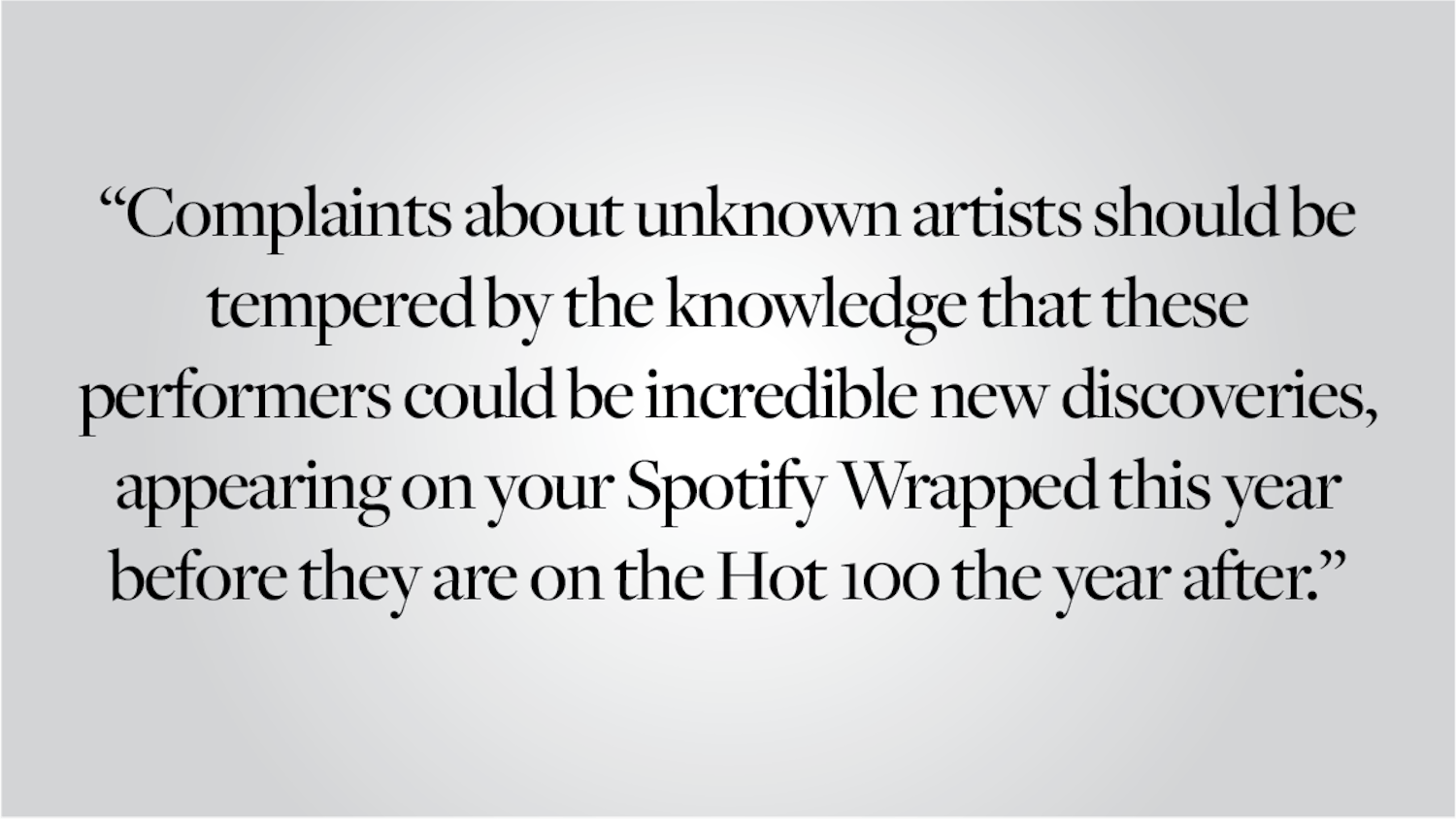At the close of every summer, there seems to be a frantic, retrospective search for the music that defined the season. In honor of this tradition, I’d like to take a moment to draw attention to an album that, thus far, has been subject to insufficient analysis. Solar Power is New Zealand singer-songwriter Lorde’s third studio album — and her most understated yet. In a departure from her previous albums Pure Heroine and Melodrama, which tremble from the emotional power of their raw piano and vocal work, Solar Power is a sun-soaked and self-reflective journey. Lorde is so dreamlike here, in fact, that the psychedelic tone of the songs very nearly obscures the bitterness of their lyrics. In the first track, titled “The Path,” Lorde sings:
"It’s sung very gently, but the message couldn’t be any more clear: It’s a plea for boundaries. Lorde is asking for a greater degree of separation between herself and her audience’s expectations — something that’s near unattainable for a woman in the performance industry."
Lorde wasn’t the only female artist dropping new music this summer, nor the only one using that music to send messages about her relationship with the public. In July, Lizzo released her single “Rumors” featuring Cardi B. The song, brassy and full of good-humored wit, is ridiculously catchy. However, just like in “The Path,” there’s a bite to its clever lyricism. Lizzo has spoken repeatedly about her experiences with sexism, racism and fatphobia over social media, and the song incorporates her frustration into the melody: They say I should watch the shit I post, oh goddamn / They say I’m turning big girls into hoes, oh goddamn. The “they” she refers to repeatedly throughout the track morphs from one nebulous entity to another. “They” refers to not just the bureaucratic forces of industry and the online haters, but also the larger and less defined sense Lizzo has of being perceived by all of her listeners. Without ever using the term, she’s referring to the parasocial relationships that have defined her career.
A parasocial interaction is defined as a “psychological relationship experienced by members of an audience in their mediated encounters with certain performers in the mass media.” This relationship between consumer and creator is characterized by its one-sidedness: an imagined sense of closeness that we, as an audience, have with celebrities who have never and will never know us.
What is becoming increasingly clear, in the music industry in particular, is that parasocialism is a woman’s game. Try to think of the defining fan bases of the American music scene over the past 20 years. Beyoncé’s Beyhive, Nicki Minaj’s Barbz, Lady Gaga’s Little Monsters, Ariana Grande’s Arianators and Taylor Swift’s Swifties all come to mind — all are dedicated to female artists. These fandoms are among the most organized, intense and cohesive in the industry. It’s that cohesion that gives them notoriety as well as power. In exchange for their Spotify streams, ticket purchases and unyielding devotion, fans ask for not only content but also the entirety of their idols’ selves. Parasocial relationships are fascinating because they seem, on the surface, to be mutually beneficial; they disguise their deep imbalances as something intimate. Questions of privacy, amenability and commodification — the dynamics that define an artist’s performative experience — have profound parallels to the similarly performative dynamics that everyday women live out in their social and professional lives.
This idea that women be appealing, malleable and constantly available is applied literally when the woman in question is a global superstar — and often with devastating consequences (think of female celebrities from the 2000s, such as Britney Spears or Lindsay Lohan). However, in the past decade, the existence of social media has heightened both the visibility of artists and the false sense of intimacy perceived by their listeners. And with this shift, feelings of entitlement to these women are growing, born from devotion to beloved stars. For instance, Lizzo’s body has been co-opted as an object of both adoration and vitriol to the point where she cannot post a TikTok of her daily routine without feeding into one narrative or another.
That’s not to say that fans don’t have expectations of male artists as well. But these expectations are typically limited to the more overtly professional aspects of their careers. For instance, there were complaints over Kanye West’s delay in releasing his album “Donda” — but not over his smoothie cleanse or whether he has contributed sufficiently to climate activism. “Artists” are allowed their eccentricities, solitude and degrees of separation from their fans while “performers” are not. And when the time comes to make a distinction between the two, we still subconsciously expect women to perform for us.
Lizzo and Lorde’s new releases are notable because they don’t just suffer under the weight of these pre-written stories, they give them a name, even if parenthetically and with the good cheer of any hit single. But just that act of acknowledgement calls forward a complicated legacy: one of commodification and expectations of women as subjects for projection. These are issues that have been dissected for decades by feminist thinkers from Butler to Beauvoir, but now they’ve permeated one place we can’t ignore: the Billboard Top 100. Rather than capturing the perfect beats for a rooftop party or a beach trip, this summer’s most impactful music instead provided us with an opportunity to reflect on what it means to love and engage with the women behind the play button.
Alissa Simon ’25 can be reached at alissa_simon@brown.edu. Please send responses to this opinion to letters@browndailyherald.com and other op-eds to opinions@browndailyherald.com.





